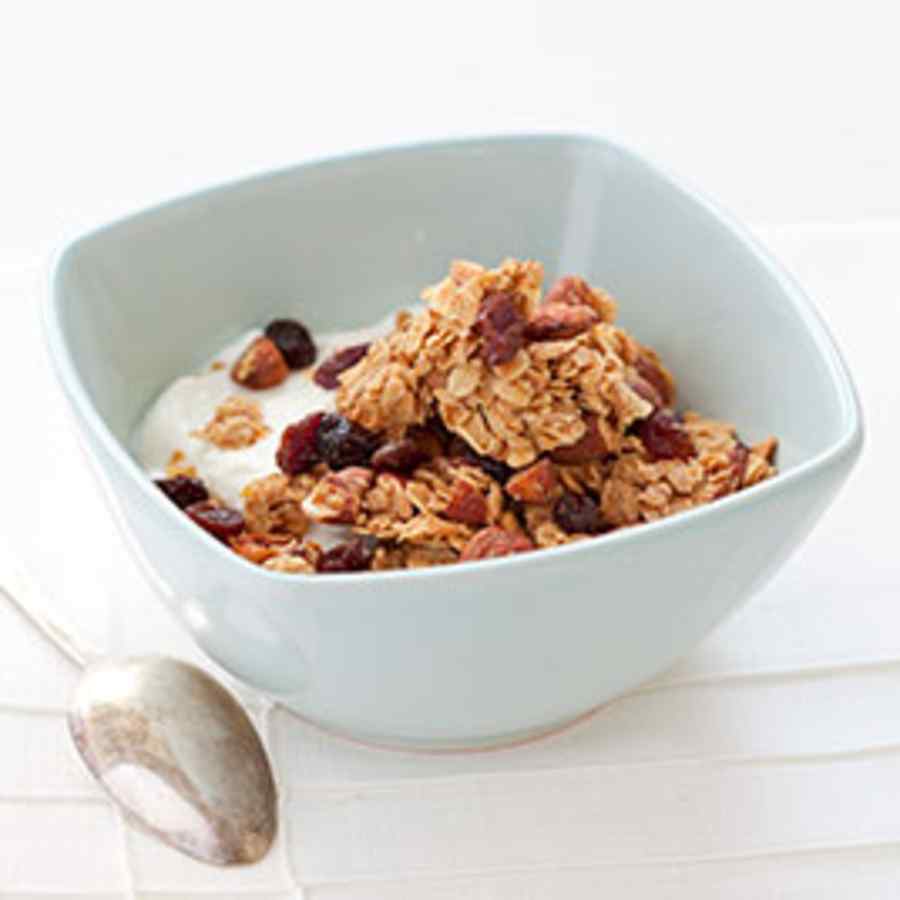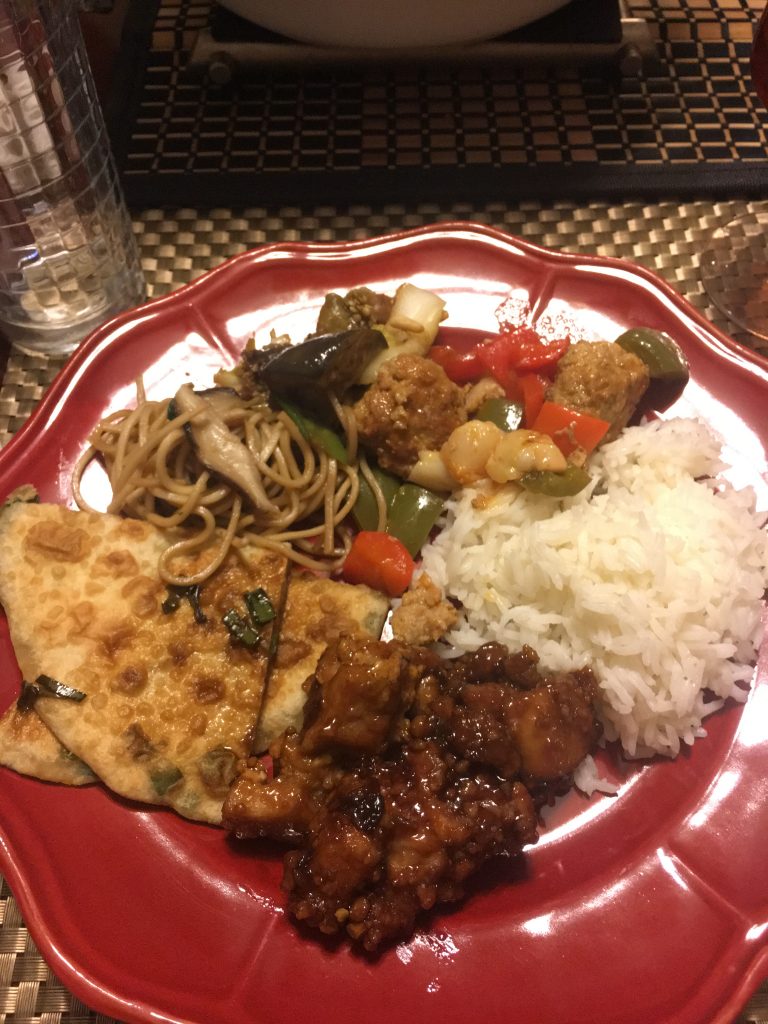
Easter bread with mahlepi; Paskalya Coregi
I’ve been getting requests to make the fragrant Paskalya Coregi, the Easter bread sold in bakeries and patisseries in Istanbul all year around. I am so glad the readers asked (with special thanks to James Baydar) and I had a go at them; an absolutely delicious bread, that fills your home with heavenly smells of mahlep or mahlebi and mastic.

Fragrant mahlep or mahlepi seeds, a must for the Paskalya Coregi, Easter Bread
The star ingredient in this bread is, Mahlep or mahlab, mahlebi, an aromatic spice made from the seeds of a species of cherry. It has been used for centuries in the Middle East as a flavoring for baked goods. In Greek cooking, it is the characteristic flavoring of Christmas cake and Easter pastry recipes. In Armenia it is used to flavour the traditional Easter bread. In Turkey, it is used for pogaca, (savory pastries with cheese or various fillings), Kandil Simiti, special bread rings with sesame seeds to mark religious festivities. Mahlab is also used in Paskalya Coregi, the special sweet bread that you can find all through the year in patisseries, pastanes, in Turkey (the word Paskalya driven from the Greek Pashalia to Turkish). Istanbul has a long history of having some brilliant Armenian and Greek pastry masters and most of the prominent patisseries were used to be run by them. Thanks to this heritage, the Paskalya coregi became a staple of Istanbul patisserie scene all year long. I grew up soaking the incredible smells of Paskalya Coregi; eager to buy our loaf and couldn’t resist sampling some on the way home, happy days.

Braiding the strips; seal the top end of the 3 strips so they stay intact.

Braid and seal the other end of the strips to finish braiding your loaf.
Paskalya Coregi is such an easy, delicious bread, though it requires some patience and time, as you need to make sure the dough is risen / doubled its size. The braiding is very straight forward and this one is baked in less than 30 minutes.

Paskalya Coregi; Easter bread with mahlepi, straight from the oven!
As the Paskalya coregi bakes, fragrant mahlep and mastic smells coming from the oven is so heavenly and inviting, it is well worth the effort and the wait. Hope you can have a go and enjoy this special Easter bread you can find almost every bakery in Istanbul. Paskalya Coregi is lovely on its own or with some jam or honey over the slice. Children finished most of our loaves as soon as they were out of the oven!
Happy Easter and Passover to all readers celebrating.
Afiyet Olsun,
Ozlem
Recipe adapted from Classical Turkish Cooking by Ayla Algar
Easter Bread with Mahlep from Istanbul; Paskalya Coregi
Author: Ozlem Warren
Recipe type: A special Easter Bread from Istanbul
- 3 cups and 1 tbsp. all-purpose plain flour, sifted
- ½ cup (caster) sugar
- 12 gr/ 1 ½ tsp. dry yeast
- 5 ml/ 1 tsp. sea salt
- 15 ml/ 3 tsp. ground mahlep or mahlepi
- 5 ml/ 1 tsp ground mastic
- 2 eggs, lightly beaten (room temperature)
- 2 egg yolks, lightly beaten (room temperature)
- 125 gr/ 1 stick unsalted butter, melted
- ½ cup whole milk, lukewarm
- For the topping:
- 1 egg yolk, beaten
- 10 ml/ 2 tsp. whole milk
- 45 ml/ 3 tbsp. thinly sliced, flaked almonds
- Take the eggs out of the fridge about 1,5 hours ahead of time and bring to room temperature.
- If you are using whole mahlepi seeds, ground them at food processor with mastic.
- In a large bowl, combine the dry ingredients; flour, sugar, yeast, salt, ground mahlepi and mastic. Mix well with a spoon.
- Stir in the beaten eggs, egg yolks, melted butter and warm milk to the bowl. Using your hands (or an electric mixer) bring it to a soft dough.
- On a lightly floured surface, knead for 3 -5 minutes, until you get a smooth dough.
- Put the dough into a greased large bowl, cover with cling film and wrap with a kitchen towel. Place the bowl at a warm part of the kitchen. Let the dough rise and double its size; this takes about 2,5 hours, depending on the room temperature.
- Once risen, punch the dough and divide into six equal balls. Roll each ball into 30 cm (12”) long 6 strips.
- Place 3 dough strips next to each other side by side. Pinch, seal the top end of the 3 strips so they stay intact. Braid and seal the other end of the strips; you made your first loaf. Repeat the same procedure with the rest of the 3 dough strips to make your 2nd loaf.
- Cover the baking tray with parchment paper and place the two braided loaves on it; make sure to leave 3 -4″ between the loaves. Cover the loaves loosely with a damp towel. Place the tray at a warm place to rise for another hour.
- Preheat the oven to 180 C / 350 F
- Beat 1 egg yolk lightly in a small bowl and stir in 2 tsp. whole milk, mix well.
- Once the loaves risen, brush them with the egg yolk and milk mixture. Generously sprinkle the flaked almonds over the loaves and gently press so that the almonds stick to the loaf.
- Bake in the preheated oven for about 20 – 25 minutes. Please check as of 15 minutes, as the loaves go dark rather quickly. In that case, loosely place an oven proof baking paper over to prevent further browning. As of 20 minutes, take the loaves out of the oven and insert a toothpick in the middle to see if it’s cooked. If the toothpick comes clean, that means the loaf is cooked. If not, bake for further 5 minutes or so.
- Once cooked, remove from the oven and let the Easter bread, Paskalya Coregi, rest on a wire rack. It will smell heavenly.
- Slice the loaf once cooled down; Paskalya coregi is delicious with a little butter and jam or honey over the slice.

















